
First off I feel that I need to introduce myself as my last name is not Condill, nor am I related to them, even though working there seems like one big family. My name is Chad Rash and I have worked here long enough to work all 200 acres twice. At the patch we rotate our three fields between corn, beans, and pumpkins. This means I have been there (almost) six years. I have recently graduated from the University of Illinois in architecture and I was fortunate enough to find this gig which allowed me to work the summers, which I had off, and the weekends through the fall, scooping ice cream.
When the Condill’s found out I was in the design field, they appointed me to design the multitude of mazes at The Great Pumpkin Patch. The part I like best about this is that each maze has a different medium (corn, straw, soybeans, etc) and because of that I approach each one differently. The two that require the most planning are the corn maze and the straw maze. If you have been to the patch then you know that these are our most popular.
The corn maze is the largest maze we have on the farm, and because it is an additional charge, extra time is taken to ensure it is well worth the money. Corn mazes have been around for a long time, some are large and incorporate designs in the shape of characters or objects. Our maze consists of one acre and typically has at least twelve dead ends. One feature of the Maize Maze at The Great Pumpkin Patch is the observation platform in the center.
The platform essentially divides the maze into two parts. The first part is getting to the platform and the other is finding your way out. This is very important when coming up with a design as we don’t want anyone to take a route that skips the platform and causes them to miss out on that spectacular view of the patch. This year is the best because there are pumpkins surrounding the maze far into the distance.
I like to relate everything back to design in architecture. Through my eyes I see the whole project as a “what not to do” when designing circulation in a building. In architecture it should be easy to get from one place to another and reduce the amount of wasted square footage on pure hallways. In a maze, however, the entire project is a series of hallways, dead end corridors, erroneous paths, and only one legal exit. This sounds like an architect’s worst nightmare, but for children on a farm it’s essential.
With any design assignment there needs to be a concept or focus that every move made relates back to. One would think the concept is to disorient the user, because what good is a maze if you don’t get lost once or twice? In my mind that is the program. The concept is HOW do you go about disorienting them? This changes from year to year and that helps keep a variance in the designs. I will not give out the secret to this year’s maze, as I hope many of you come to discover it yourself. However, last year the concept was ending all paths toward the center platform to give the false hope that the path that has a bend toward the destination would be a better choice than the path that turns away from it.
As you can see in the map all paths generally lead toward the center and the correct path is the deceiving one that leads you away to the far corner. The map also shows how there is a mandatory six row buffer between each path to prevent anyone from cutting through.
Let’s get a little technical (in case you want to impress your neighbors by expanding your garden next year). The initial design is done beforehand and starts by counting the number of rows we have in each direction. The corn in this area is planted in rows in both directions, creating a series of squares in which to carve out the paths.
Creating a path consists of taking one row of corn out in the space that someone is to walk. The square pattern allows the design to go left and right as well as up and down. Once it is designed out, two of the patch employees head out toward the end of summer and cut down the designated rows. Typically one person stands at the beginning of the path as the other counts how many rows are to be taken out. We then cut the corn down with hoes until we meet in the middle. We plant the corn to be used for the maze later than normal so that it is at its prime during the season and so that when it comes time to carve the paths it is still short, easy to cut out, and easy to manage.
Now the straw maze has a completely different approach. This maze is best designed on site. It is a lot easier to lay out the first layer of straw bales so you can see if a corner is too tight or a straight segment is too conducive to running children. This maze is also best approached in a design build manner. Once the designer has set a certain portion of the maze’s first layer in place, others can come in behind and start the layering of straw to create the wall’s height. This is important because we have nowhere to store the straw and the farmer who bales the straw needs his wagons back quickly to load more on from the field. Once the maze is built it is documented for reference in the future.
The maze must have an even number of bales in its width and length in order to stack the bales in a crisscross pattern. This alternating of bale orientation provides a sturdier wall, which could prevent a “Straw-valanche” later. The bales are oriented in such a way that the top bale of an endcap has the two short sides facing out so the one can’t roll on top of an innocent passerby. Safety is always key at the patch.
Last year we relocated the straw maze in the place of the old willow maze, which unfortunately was not doing so well, which for obvious reasons could not be changed from year to year. This reapportioned the typical dimensions of the labyrinth of straw and created some more in depth thought. The area had gotten skinnier, but longer. This allowed for more straight paths, but made inserting a dead end a bit more difficult. I had heard in school that an architect must not only think outside the box, but in it, above it, around it, etc. That year the patch had a mission encouraging employees to think outside the box and create some new experiences. That is exactly what that maze needed, some outside the box thinking.
As you can see in the photo, the maze breaks away from the main rectangle through some conveniently missing willows and dodges back in to create an “outside” path. This allowed people passing by on their way to pick pumpkins from the patch to see the fun going on inside the maze and gave the maze an outside perspective on itself. Not to mention, who thinks of leaving the maze to get though it? I hope that entertained some people.
The other mazes on the farm are geared more to the much younger folk who do not want (or need) to be lost for days in a maze. The children’s straw maze is set up outside the sweet shop and is only two bales high. A similar type maze is set up at the cheese festival downtown every year as well. As with the larger straw maze some consideration is taken on the dimensions to ensure there is room for dead ends as well as a through path.
The walled garden at the patch also consists of some pleasant meanders though some soybeans. This year the soybean maze is a large 25 carved out for our twenty fifth anniversary. Come by and see if you can pick out the numbers!
At the Patch we take our mazes seriously and I hope that now you have just a little taste of what goes into the planning and building of the mazes each year. I certainly enjoy being a part of it.
~Chad
